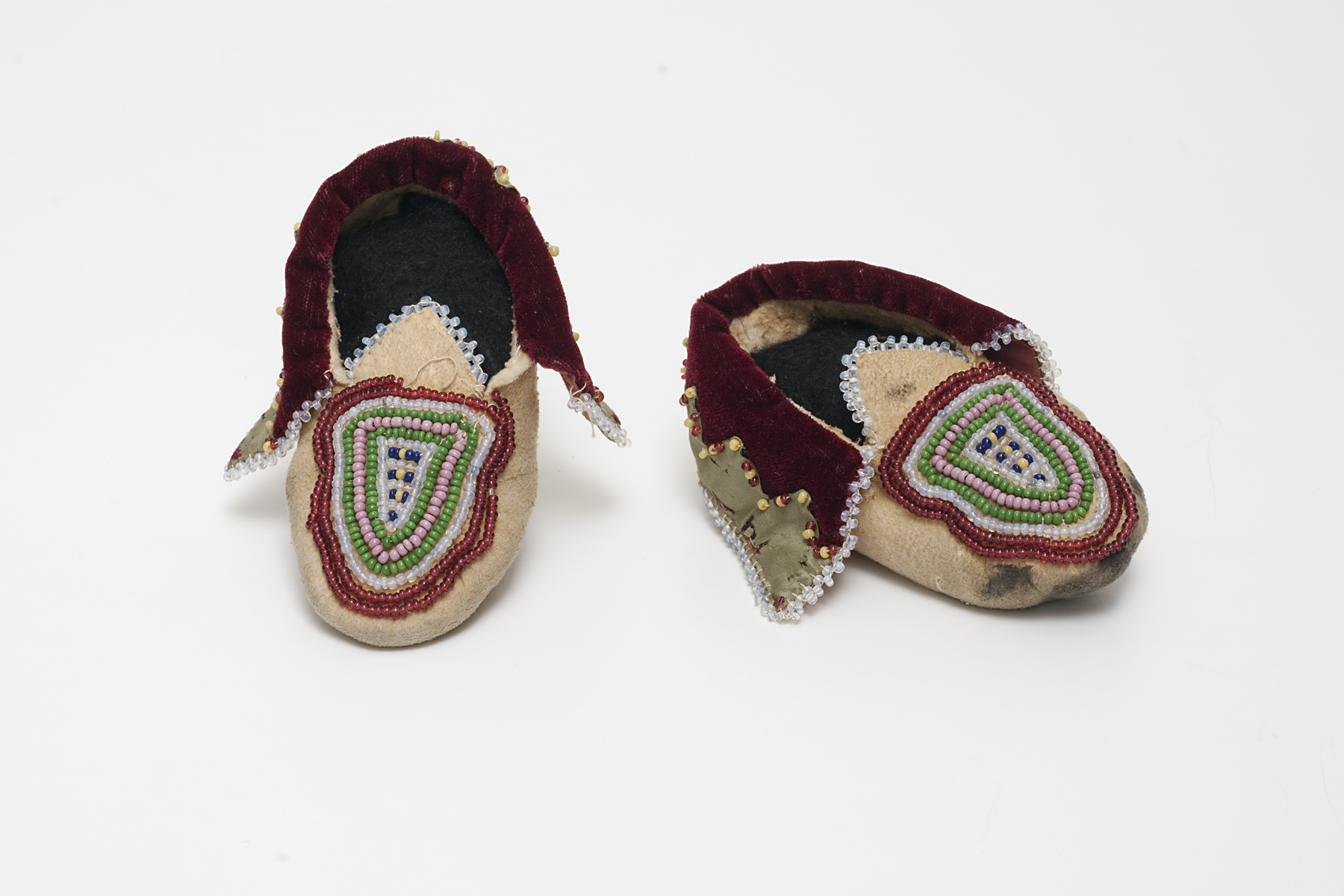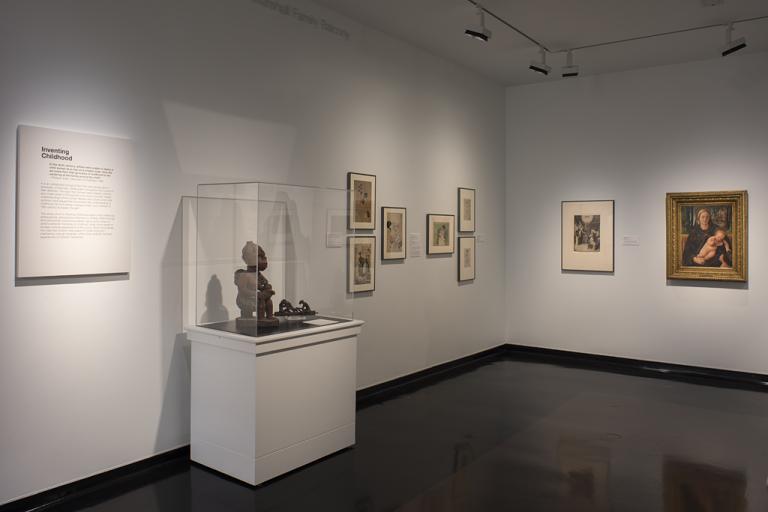pair of child's beaded moccasins, unrecorded Wazhazhe artist
Artwork Overview
pair of child's beaded moccasins,
early 1900s
Where object was made: Oklahoma, United States
Material/technique: beading; buckskin; cloth; dyeing
Dimensions:
Object Height/Width/Length (Height x Width x Length): a 4.5 x 9 x 11 cm
Object Height/Width/Length (Height x Width x Length): 1 3/4 x 3 9/16 x 4 5/16 in
Object Height/Width/Length (Height x Width x Length): b 3.5 x 7.5 x 10.5 cm
Object Height/Width/Length (Height x Width x Length): 1 3/8 x 2 15/16 x 4 1/8 in
Object Height/Width/Length (Height x Width x Length): a 4.5 x 9 x 11 cm
Object Height/Width/Length (Height x Width x Length): 1 3/4 x 3 9/16 x 4 5/16 in
Object Height/Width/Length (Height x Width x Length): b 3.5 x 7.5 x 10.5 cm
Object Height/Width/Length (Height x Width x Length): 1 3/8 x 2 15/16 x 4 1/8 in
Credit line: The Father Felix Nolte Collection from the Benedictine College Museum
Accession number: 2007.3841.a,b
Not on display
If you wish to reproduce this image, please submit an image request


